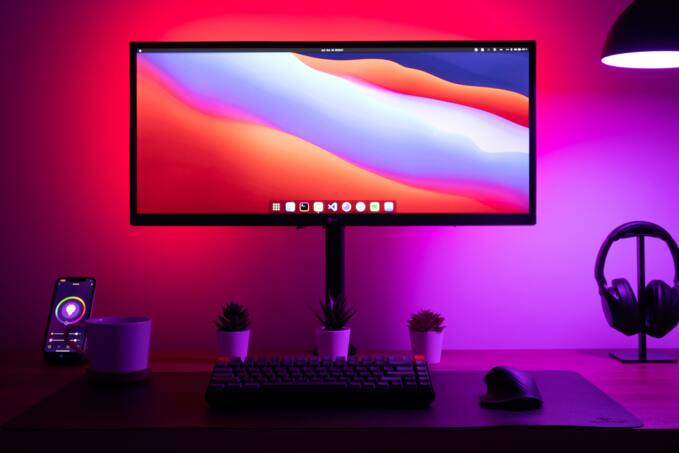It is now clear that LCD displays with fluorescent tubes are long outdated. But is an LED display or an LED wall more suitable for you and what criteria can be used to determine this? LED walls are particularly suitable for you if you want to provide a large area with presentation technology. As LED walls consist of individual modules and can be combined, they can be optimally adapted to the desired area. This means you can cover entire walls with the modules and plan individual installations.
We at ComPeri sell LED walls customized to your requirements, both for indoor and outdoor areas. Especially for shop windows, but also for other large areas;spaces, such as those found in hotels, museums or communities, LED walls are the ideal solution. Digital signage solutions or touchscreens can also be ideally combined with LED walls.
In the past, LED walls were really only a solution for large crowds of people who were far away from the LED wall, as otherwise the image would have been far too blurred. However, thanks to continuous perfection, LED walls are now also suitable for smaller crowds in rooms with a manageable size.
<p

